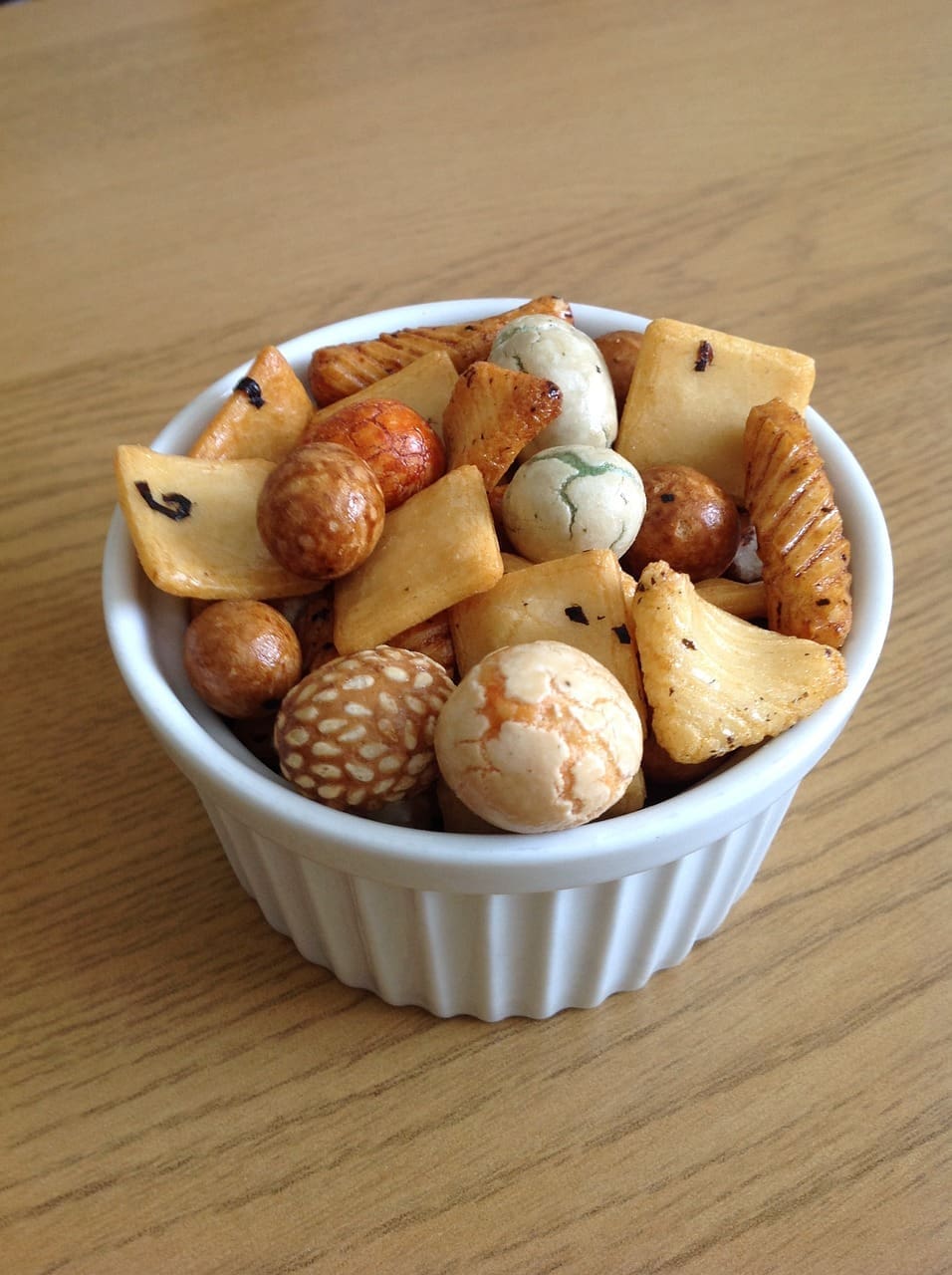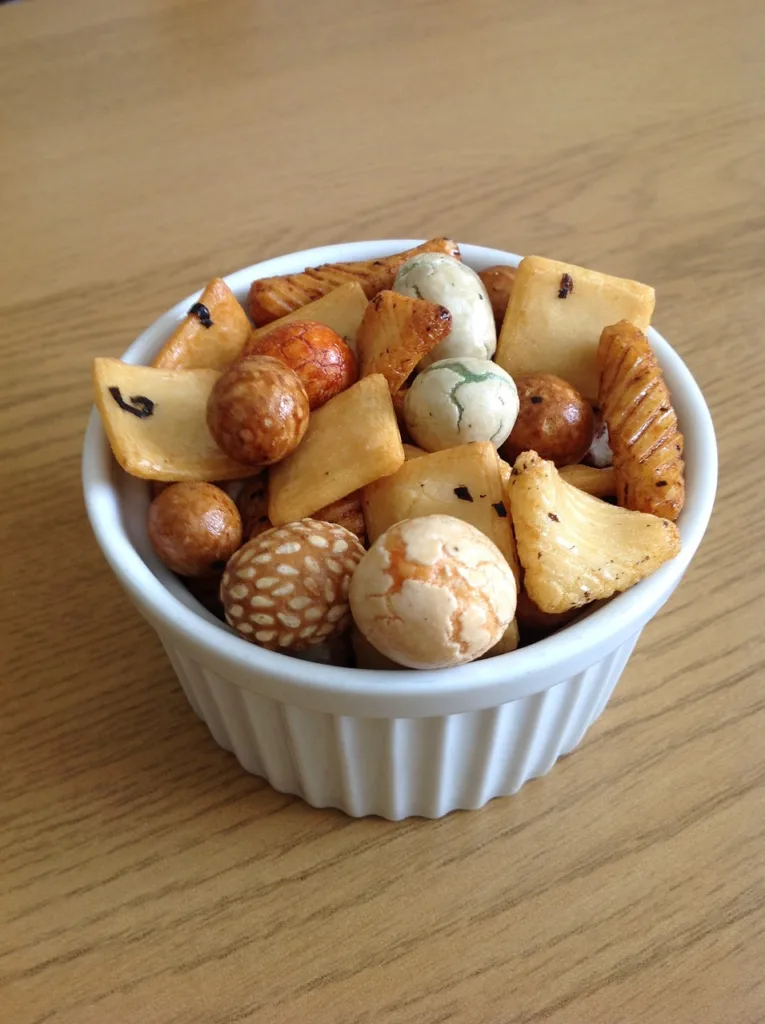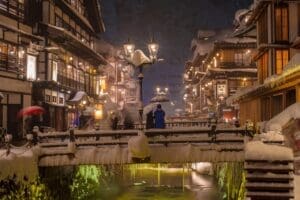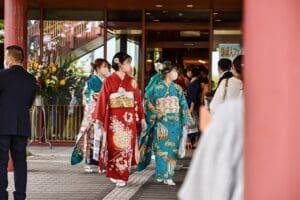
Japan’s culinary landscape is rich and diverse, and one of its lesser-known yet fascinating aspects is the world of rice crackers. Across Japan, each region boasts its own specialty rice crackers, known as Senbei and Okaki, offering a symphony of flavors, shapes, and textures.

In Japan, rice crackers come in an astonishing variety. From the baking methods to the regional ingredients, each type reflects local traditions and tastes. These crackers vary greatly in shape, color, and flavor, making them a delightful treat for both locals and visitors.
Senbei: The Popular Choice: Senbei, often referred to as rice pancakes, are made from non-glutinous rice. Traditionally, these large, round crackers were flavored with soy sauce. However, today’s senbei can be found in a myriad of flavors, making them the most popular rice cracker variety in Japan.
Okaki and Arare: The Glutinous Variants: In contrast to senbei, Okaki crackers are made from glutinous rice, also known as mochi rice. Mochi, a traditional Japanese sticky rice cake, is transformed into various shapes to create Okaki. The smallest form of these is known as Arare, offering a bite-sized, crunchy experience.
Regional Specialties: Each region in Japan takes pride in its unique version of these crackers. The local ingredients and rice types used in different areas give rise to a vast array of regional specialties, each with its own story and flavor profile.
The world of Japanese rice crackers is a testament to the country’s culinary creativity and regional diversity. Whether you’re savoring the soy sauce-flavored senbei or the bite-sized arare, these traditional snacks are more than just food; they’re a cultural experience.


